This woman was the daughter of the chief of the Powhatan people and later married the first governor of the newly established Virginia Colony, John Rolfe. There is an animated children's movie about her life.
Pocahontas
Indigenous to the southeastern woodlands of the United States, these people were relocated along what became known as the Trail of Tears.
Cherokee

This was the original location of the Plymouth Bay Colony, with the state taking its name from an Algonquin word meaning “great hill, small place” due to the many hills around it's capital city. It was one of the first U.S. Colonies to be established.
Massachusetts
This animal was a staple food source for many Native American tribes of the Great Plains and were almost hunted into extinction by European Americans in the 1800s. Later conservation efforts have brought their numbers back up to over 300,000.
American Bison
This is a vertical carving of symbols or figures from the trunks of large trees by Native Americans in the northwestern United States. They often depict different animals with symbolic importance.
Totem pole

This Shoshone woman guided the Lewis and Clark expedition through the Northwest Territories and is featured on the US dollar coin.
Sacajawea
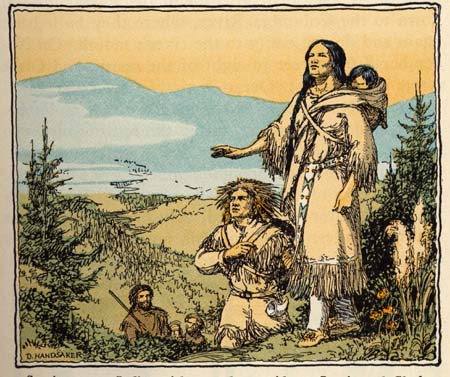
This nation from the American Southwest developed a unique code language used by the U.S. Marines and Radio Operators to transmit secure messages during World War II.
Navajo

Now one of the most densely populated locations in the western hemisphere, this borough of New York City takes its name from a Lenape word meaning “thicket containing wood to make bows.”
Manhattan
This style of home is a conical tent with smoke flaps at the top used by the Sioux and other Native Americans of the Great Plains. It was traditionally made of animal hides and pelts, although modern ones can be made of canvas.
Tipi/tepee
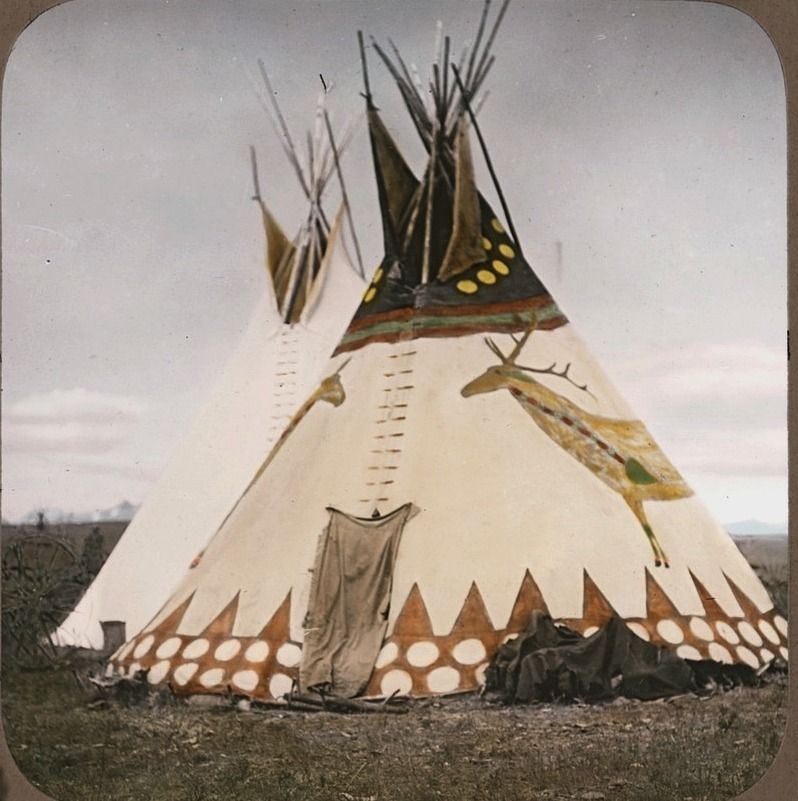
A form of textile and clothing decoration from quills from this animal was mainly used by Native Americans in the Northern half of the United States. The quills of this spiky animal were often dyed and either wrapped or woven into fabric or animal skin for clothing and other textile products.
Porcupine
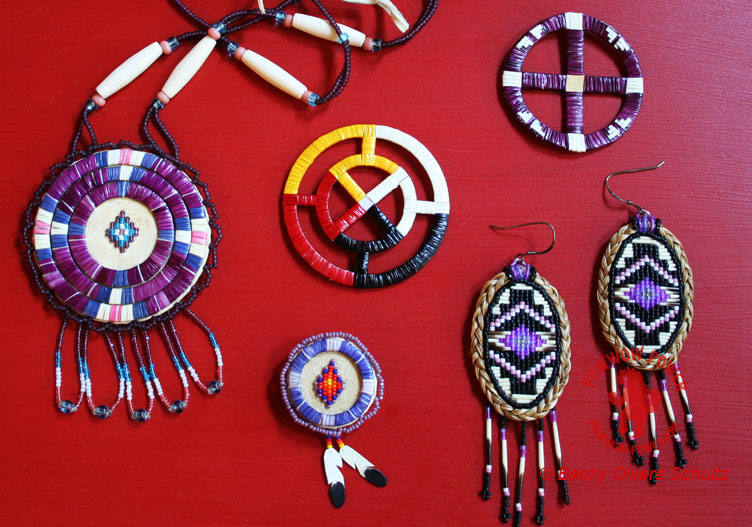

Without this famous Native American helping them, the Plymouth Colony likely would have found it much more difficult to find food and establish relations with nearby Native tribes. His goodwill inspired the first Thanksgiving.
Squanto/Tisquantum
These people lived in the Great Plains and are mainly comprised of two subgroups, the Dakota and the Lakota. Sitting Bull belonged to this Native American nation.
Sioux
This state with a panhandle north of Texas gets its name from a Choctaw word meaning “red people.”
Oklahoma
This type of boat was invented by Alaskan and Canadian Indigenous Peoples and is a type of canoe, usually with a single or double cockpit. It is lighter and faster than a normal canoe and is paddled with a single double ended oar rather than two separate oars like with a standard canoe.
Kayak
Leaders of many Plains Indian nations wore these, earning the right to do so through selfless acts of courage and honor. The number of eagle feathers on this item represented the number of acts of courage or honor. They have come to be recognized as a symbol of Native American culture in general.
War bonnet/feather headdress

He was a Lakota chief who led resistance to American expansion in the Dakota Territories and defeated Custer at the Battle of Little Bighorn. He later worked in Buffalo Bill's Wild West Show after surrendering to American Armed Forces.
Sitting Bull

The people of this tribe were known to be fierce warriors and strategists and live in the American Southwest and Northern Mexico. Their language is related to that of the Navajo. Geronimo belonged to this tribe.
Apache
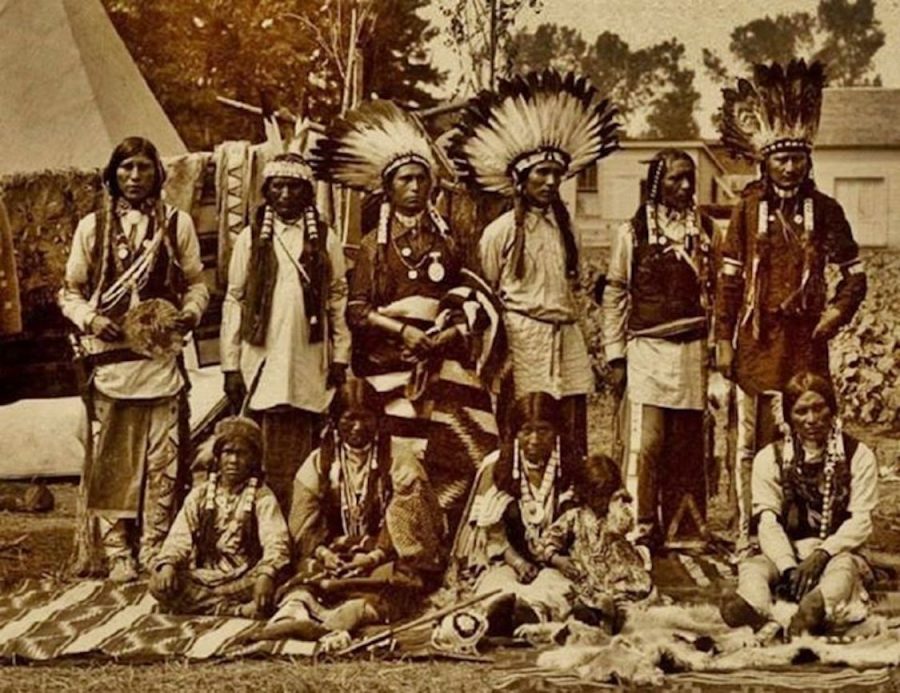
This Midwestern state means “beautiful river” in Iroquois, referring to the Mississippi tributary of the same name. Its modern day capital city is Columbus.
Ohio
This sport is the oldest organized sport native to North America and gained popularity among the English-speaking world. It is played with a net on the end of a stick which players use to catch and toss a ball to each other.
Lacrosse
Many Native American tribes, especially those of the Great Plains, are known for using these items to create intricate patterns for textiles and clothing. These items are strung together and then sewn into fabric or animal skins to create beautiful art. They are usually made of glass.
Beads


He was a medicine man and warrior chief of the Apache who led numerous raids on United States and Mexican military outposts after the Mexican-American War to prevent the takeover of Apache land.
Geronimo
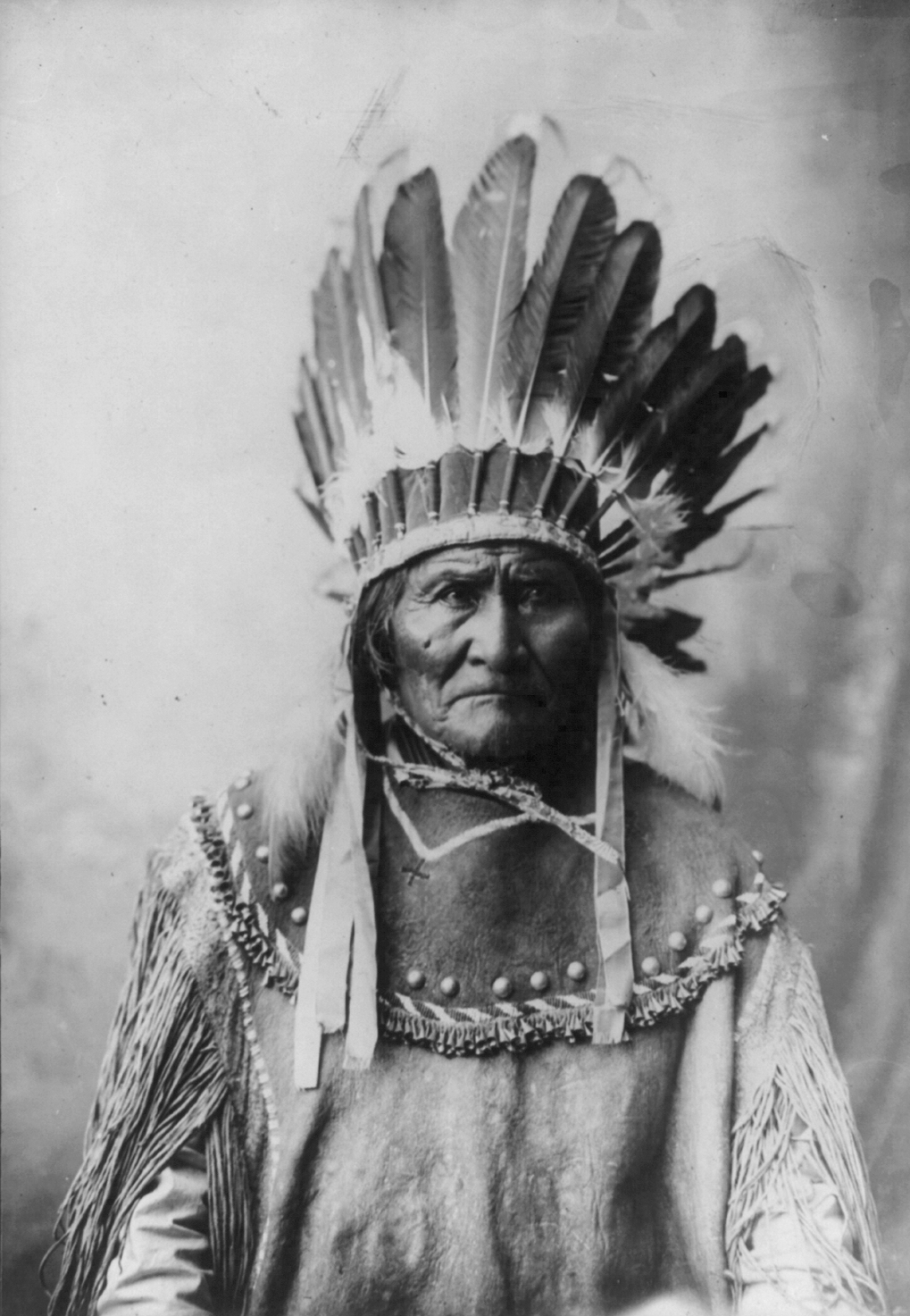
Native Americans from this state include multiple tribes, including the Inuit, Aleut, Yupik, Eyak, and Tlingit. People indigenous to this state are closely related to and had a history of contact with peoples indigenous to Western Russia in Siberia.
Alaska
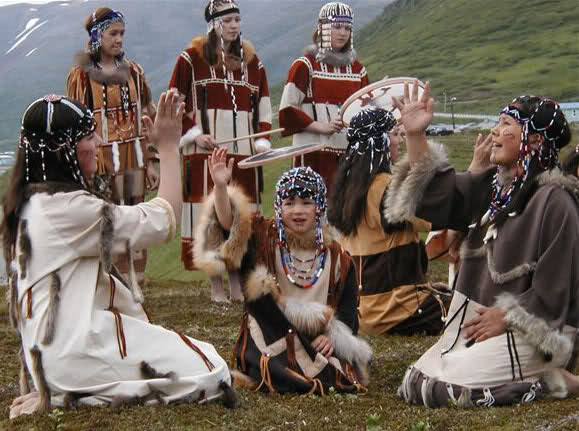
These Northern US states, both North and South, get their name from a Sioux word meaning “allies,” referring to a confederation of tribes that formed there. They contain the landmark Mount Rushmore.
North and South Dakota
The Three Sisters refer to the three staple agricultural crops of many Native American tribes across North America. The crops are planted together as a form of companion planting, where this tall crop is planted with beans and squash, acting as a pole for the bean plant to climb.
Corn
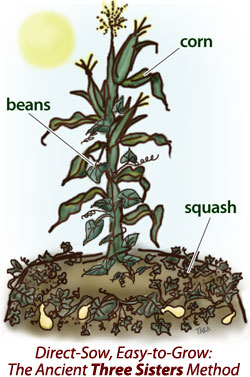
The Cherokee nation used this form of dance as a way to pray for weather that would allow crops to grow, as well as to drive away negative spirits.
Rain dance

